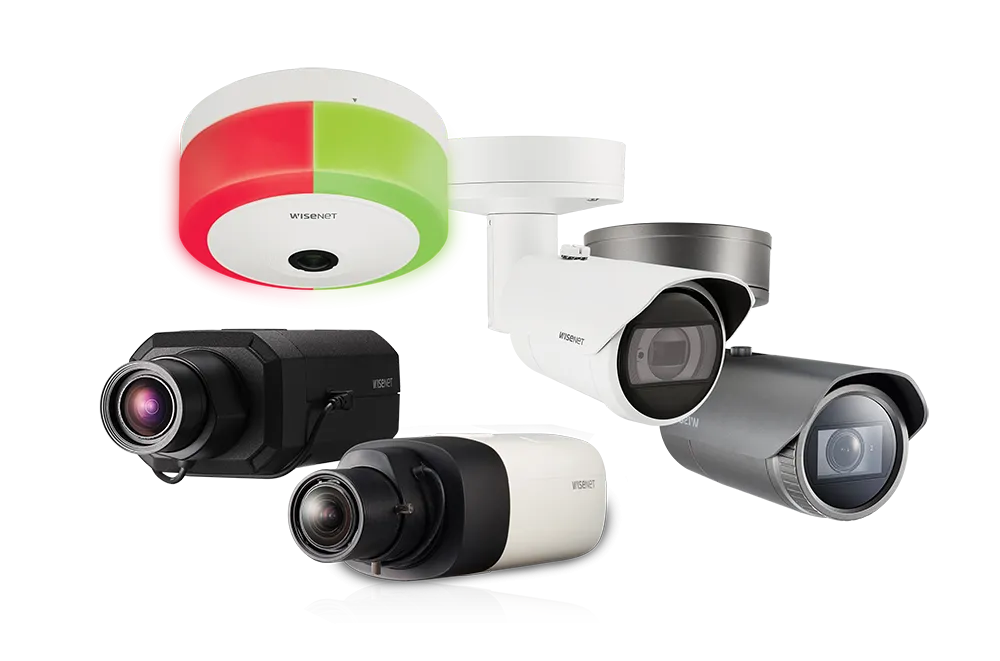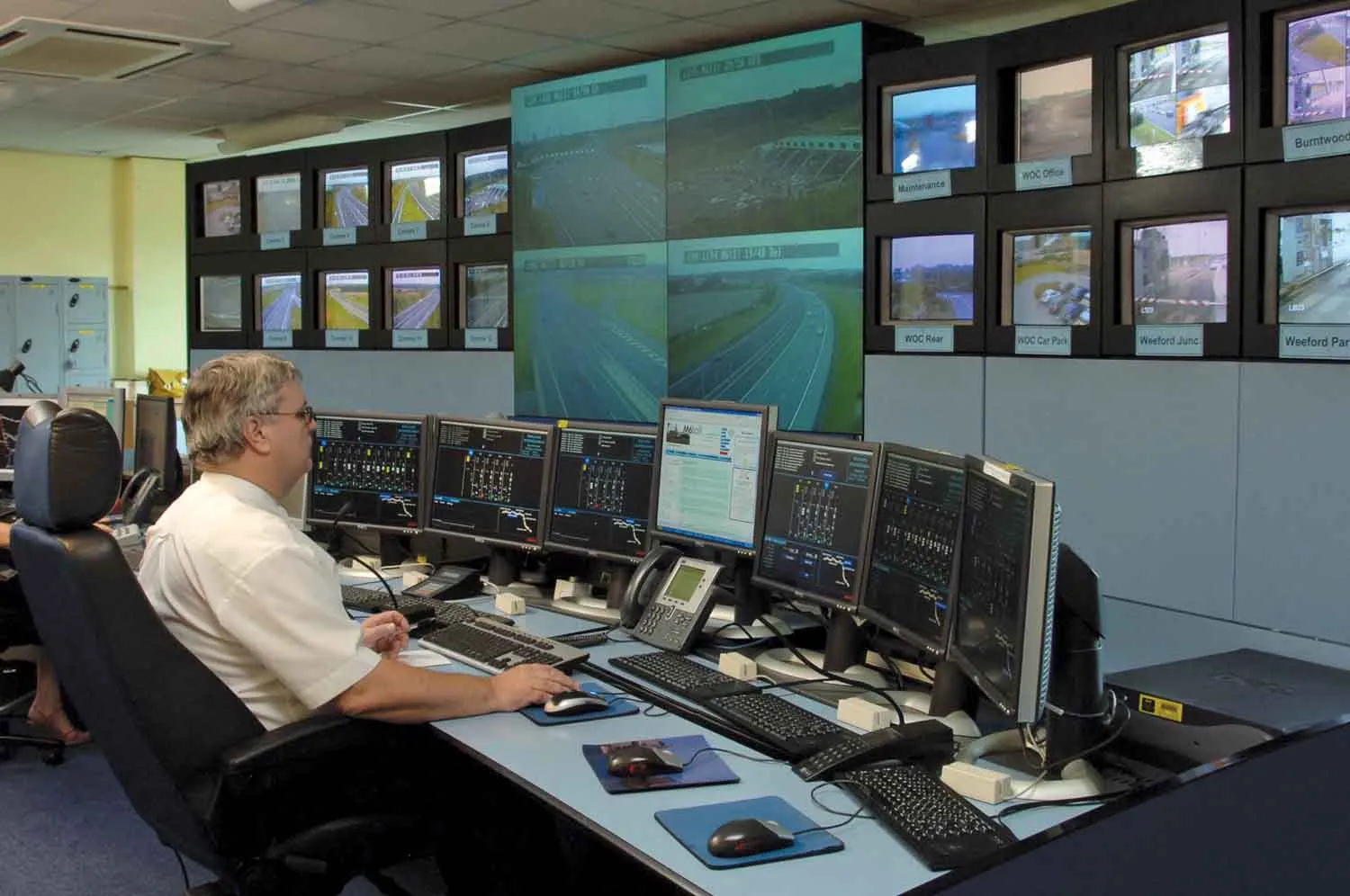Traficon says its first ever integrated Automatic Number Plate Recognition (ANPR) camera automatically recognises license plates from all over the world with the highest accuracy. The new EYE-D camera addresses a wide range of applications, including red light enforcement, automatic tolling, urban congestion charging, black/white list applications and average journey time monitoring. Equipped with a powerful infrared illumination, which enables it to monitor two lanes simultaneously up to a range of 60m dur
February 18, 2013
Read time: 2 mins

The new EYE-D camera addresses a wide range of applications, including red light enforcement, automatic tolling, urban congestion charging, black/white list applications and average journey time monitoring.
Equipped with a powerful infrared illumination, which enables it to monitor two lanes simultaneously up to a range of 60m during the day and night, the EYE-D is said to have a very powerful Optical Character Recognition (OCR) engine, and a vast library of worldwide license plates and alphabet types.
Traficon claims many ANPR cameras fail to detect correctly when a license plate has been captured under a certain angle. In contrast, Traficon’s EYE-D is said to make use of very efficient de-skewing and de-rotation algorithms, which will auto-correct the detected number plate and align it so an accurate OCR is possible. This gives customers and installers more freedom of camera positioning in the real world.
“Another strong point of the EYE-D camera is the possibility to integrate additional functionality, next to the ANPR application,” said Dieter Cosaert, Traficon’s product manager. This can be done on the overview camera which is also integrated into the EYE-D’s housing, next to the actual ANPR camera. “By adding functionality on one camera - incident detection for example - fewer cameras are needed to do the same job, which can save your budget considerably,” added Cosaert.









